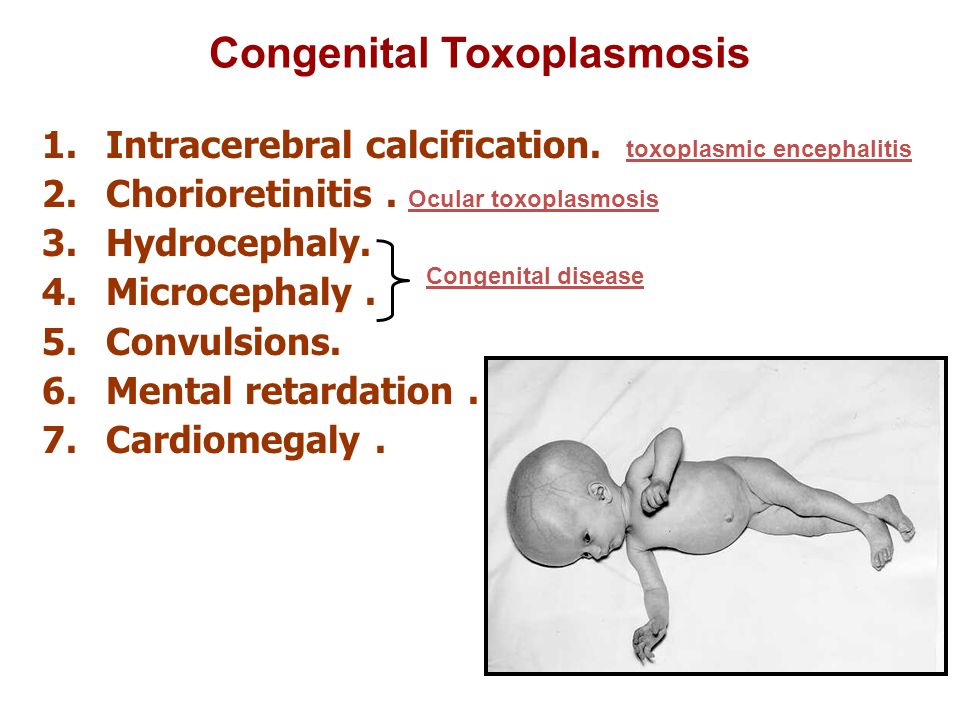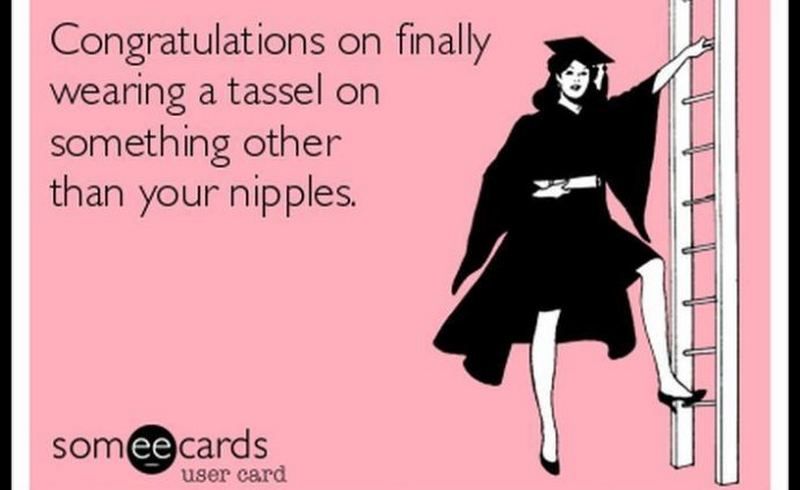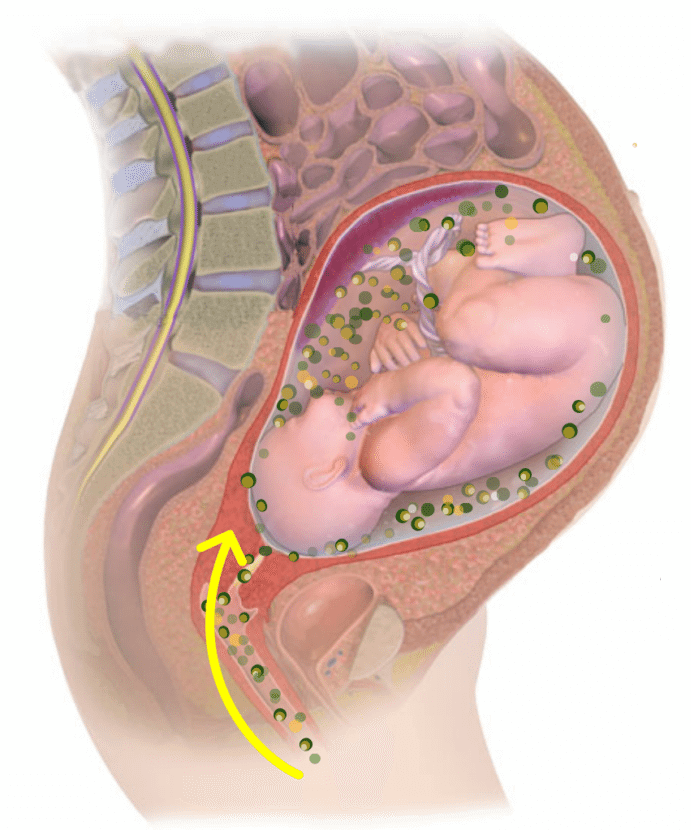How to make your child a maths genius
How To Raise A Math Genius
Submitted by sam on Fri, 02/12/2021 - 05:09
Instilling basic math skills in kids is easy, but it becomes harder for kids to grasp concepts as time passes. You can improve your kids' performance in mathematics by enrolling them in Mrs. Myers' Reading Room virtual math development programs in Wisconsin. Click here for free trial classes.
Aside from getting your kid math tutoring, there are a few other things you can do to raise a math genius, including:
Games
Buy and teach your kids fun games that improve their math skills without them even realizing it.
- Legos can help kids conceptualize big and complex abstractions from small basic parts.
- The card game Set provokes the ideas of combinations, permutations, and probability in children.
- Origami can make kids fall in love with geometry.
- The board game 'Go' can train and sharpen the brain as, despite the simple rules, the strategies they have to use to win can get intense.
- Chess is a game that can develop analytical thinking in kids by removing chance from the equation.
- Magic: The Gathering cards is a competitive game that can teach kids basic arithmetic.
- A few other games that can improve children's math skills are RPG video games and Pokemon cards.
Everyday Life
You have to get creative to make math fun for kids and instill necessary skills in them without making it seem like 'boring homework.' Encourage them to do everyday math.
- Ask your kids open-ended problem-solving questions that involve math and estimation instead of the kind of specific questions children have to attempt in school.
E.g., "How long will it take to fill a pool?"
- Let your kids cut a pizza or pie, and figure out how many slices they will get if they make a specific number of straight cuts.
- While installing kitchen tiles, let them play with them to understand better the concepts of convergent series, tessellation, and pattern identification.
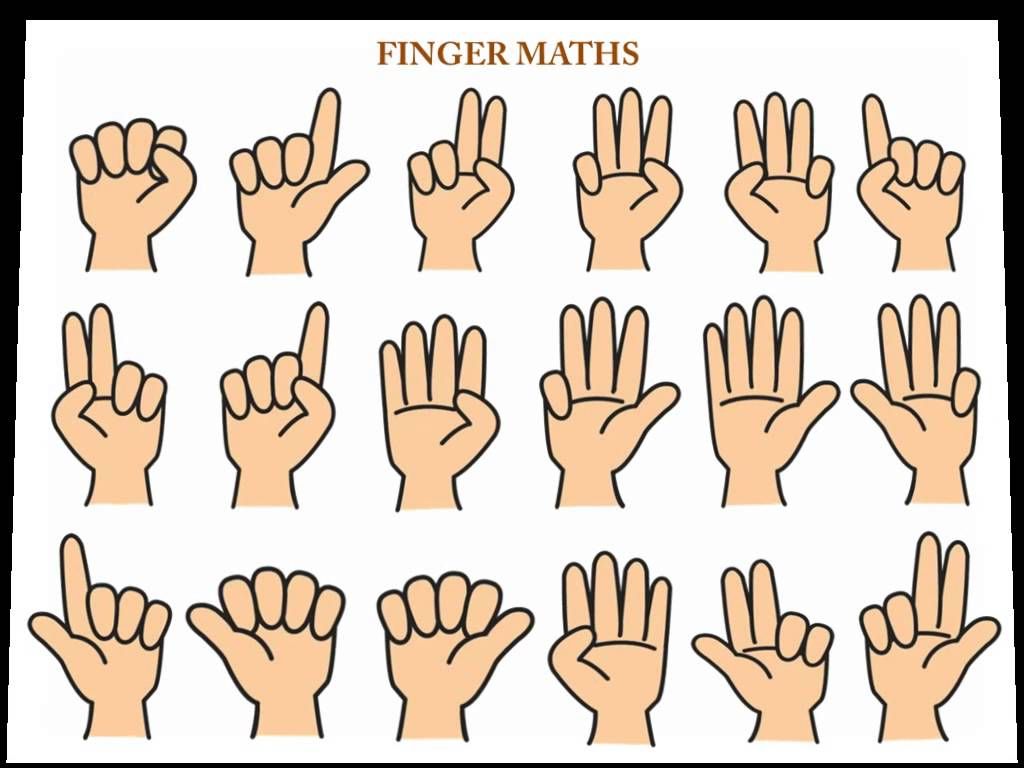
- Involve your child in cooking and baking with you. Not only is it a great way to spend time together, but letting your kids measure out ingredients for a recipe can improve their math skills.
- Get your kids to calculate the standard tip on your restaurant bill whenever you go out to eat.
- Take your kids to the toy store and let them calculate how long it would take them to save from their pocket money or earn from a summer job to buy it.
Aids
If you are short on time but still want to polish your kid's math skills, you can use a few aids.
- Get your kids music lessons. As unbelievable as the idea may be, there is a strong relationship between music and abstract math. Both require the same skills of quick-thinking, dedication, creativity, and improvisation for success.
- Buy kids a calculator long before they need them for homework. Kids enjoy playing around with calculators and writing fun words.
- Download puzzle games and math apps so kids can learn math and improve their analytical and critical thinking skills through interactive applications.
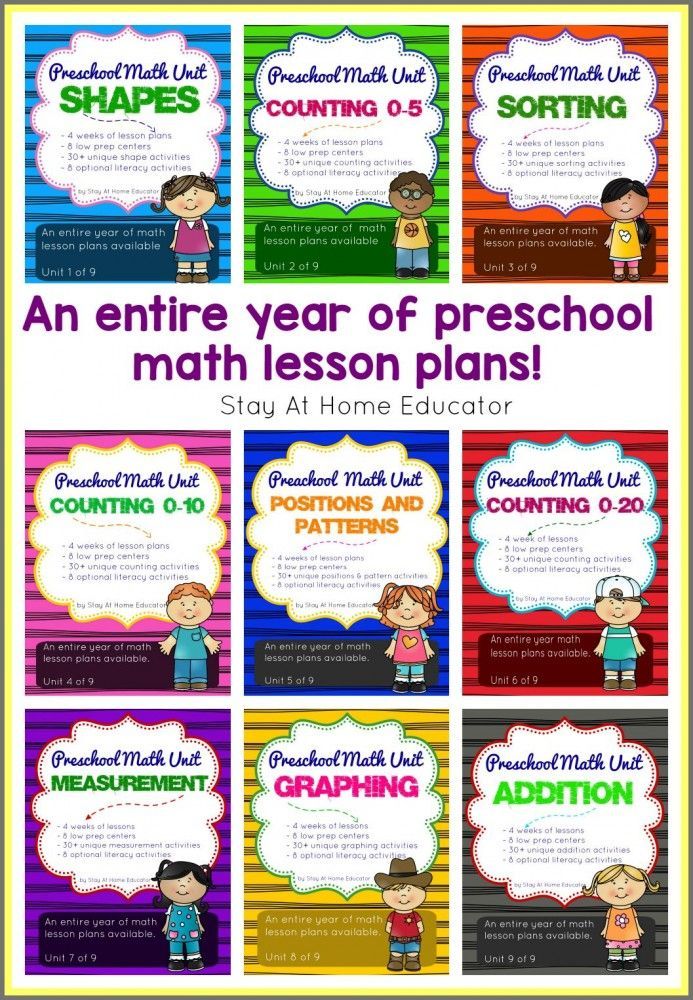
- Add mathematics books in your home library and encourage your kids to read them.
If you want to improve your child's math skills, contact Mrs. Myers' Reading Room in Wisconsin. Click here to enroll your child in our free trial classes.
Go back to Newsfeed
How to Make Your Child Love Math
How to Make Your Child Love Math Search iconA magnifying glass. It indicates, "Click to perform a search". Insider logoThe word "Insider".US Markets Loading... H M S In the news
Chevron iconIt indicates an expandable section or menu, or sometimes previous / next navigation options.HOMEPAGEMarkets
Save Article IconA bookmarkShare iconAn curved arrow pointing right.
Download the app
idigit_teddy Everyone wants their kid to be good at math, right?
Math — and the technology, finance, and engineering careers the follow from it — can be lucrative and interesting, but getting a child interested in math isn't easy.
Luckily, on Reddit, there's been a string of great discussions about what made devotees interested or skilled at math.
We went through some of the most popular submissions from real life math pros about what got them interested or hooked on mathematics at an early age.
If you're looking for a place to start, here's list of easy, cheap, or abundant things that got these people hooked early.
However, results are not guaranteed. As your future mathematician might tell you, correlation does not imply causation.
Buy your children legos.
Lots of Redditors cited Legos as being particularly crucial to their upbringing and thinking. Legos will help your kid conceptualize big, complex abstractions from small basic parts.
Source: pureathiesttroll on Reddit.
Buy them the card game Set.
Give them the card game Set. First published in 1991, Set was cited by multiple mathematicians as particularly inspiring. The game provokes the ideas of permutations, combinations and probability.
For what it's worth, there's also a very good App for it.
Source: BlueDoorFour on Reddit
Tech your children Origami.
One mathematician noted that origami conditioned them to love geometry.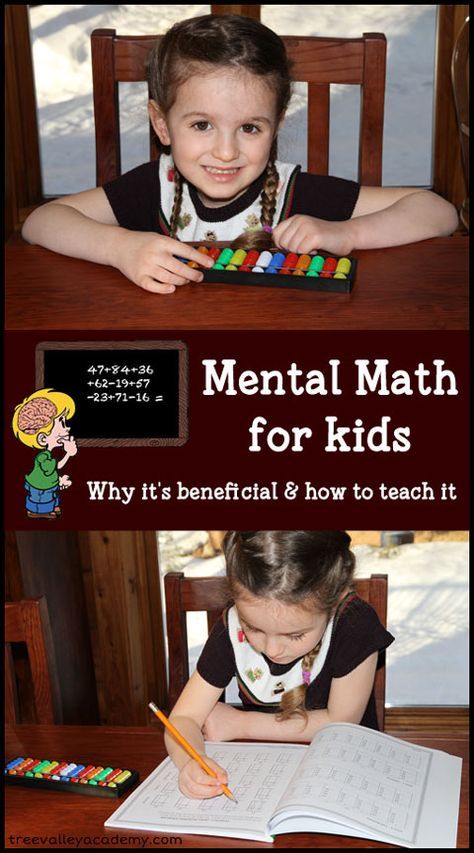 Plus, it has the added benefit of appealing to tactile learners.
Plus, it has the added benefit of appealing to tactile learners.
One of the coolest things with origami and geometry is that it is proven impossible to trisect an angle with ruler and compass (via Galois theory), but very easy to do through origami.
Source: th4p4rchit3ct on Reddit.
Ask children wide open questions that involve estimation and math, as opposed to the specific questions they get at school.
For example, "How long will it take to fill a pool?" This kind of open-ended problem solving is tantalizing and incorporates all sorts of math skills. They can also go into as much depth as possible once they solve it.
Source: dsfox on Reddit.
Get your children music lessons.
There's an intimate relationship between abstract math and music, and the same skills necessary to perform well in music — dedication, creativity, improvisation, and quick-thinking — are crucial to success in math.![]()
Source: drvitec on Reddit.
Teach children the board game 'Go'
There is no better way to train your brain, said one respondent, than the game Go. The game has very, very simple rules. However, the strategies can get intense.
As one respondent put it:
Really, all games that involve logical thinking more than chance. I enjoy math because it often seems like a game.
Source: Marcassin on Reddit.
Teach your kid how to play chess.
On that note, Chess is another game to teach your kid. It's got relatively simple rules that removes chance from the equation and builds analytical thinking skills. Plus, it's much more popular than Go, so they won't have trouble finding an opponent.
Source: gindc on Reddit.
Let the kids cut the pizza.
One Redditor recommended asking them this problem:
How many pieces can you get if you slice a pie with five straight cuts?
And then expanding the scope of it to see what they can figure out.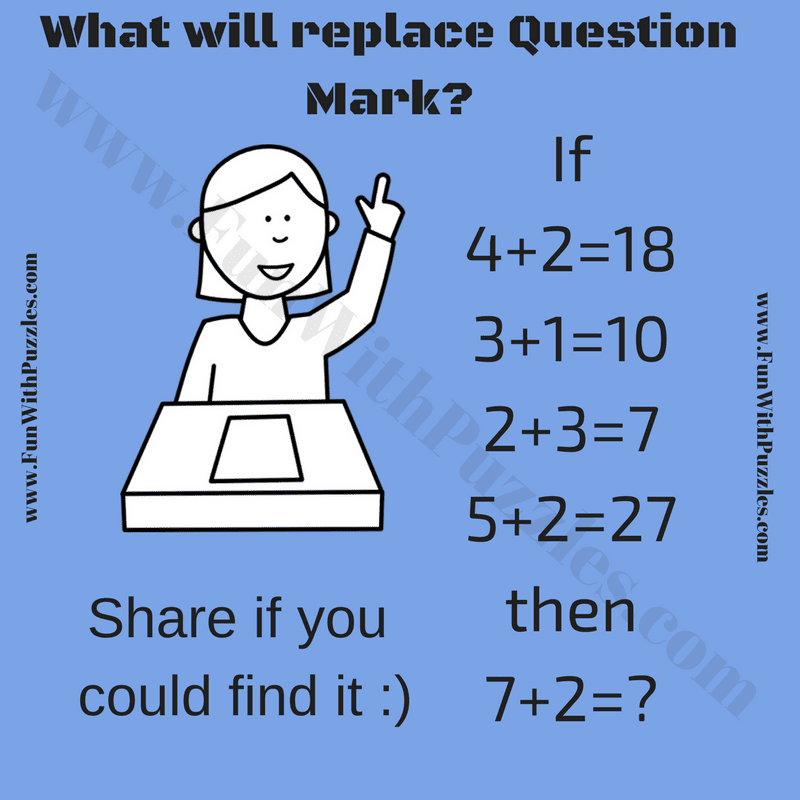
Source: weaselword on Reddit
Buy them Magic: The Gathering cards
One mathematician's brother taught him basic arithmetic at a young age with Magic: The Gathering cards, a competitive card game. Others testified they learned from similar games, like Pokemon cards and RPG video games.
Source: rakalakalili on reddit
Buy them every book by Martin Gardner ever.
He's the best. Garner helmed a "recreational mathematics" column about math puzzles in Scientific American for two and a half decades and through his work got generations interested in math. His books are widely available and are perfect for anyone looking for some challenging questions.
Source: rook2pawn on Reddit
Show them the incredible movie Donald Duck in Mathamagic Land
Donald Duck in Mathamagic Land is one of the few films about math that can both hold a person's attention while simultaneously teaching them some of the coolest, most fundamental concepts in math.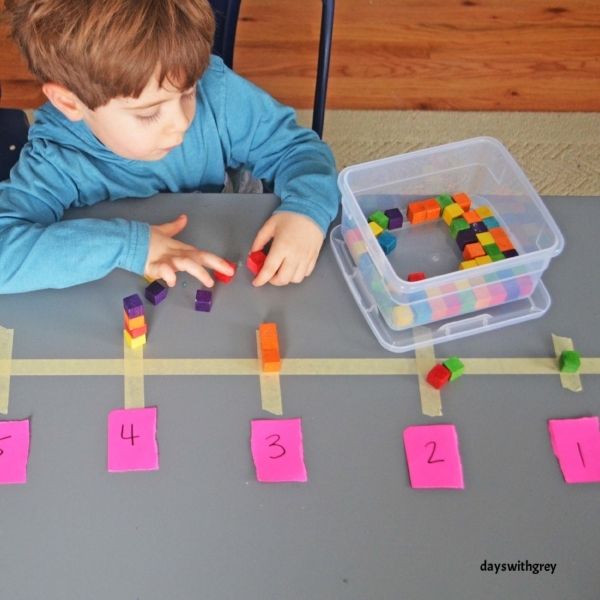
Watch it in full here.
Source: dr_strangelove_ on Reddit
Install tile in your kitchen.
Another way to secretly teach them math is to encourage them to play on kitchen tiles, which lead directly to the concepts of tessellation, pattern identification, and convergent series.
One redditor described one problem he thought of:
One question I was always curious about was, if the line separating two tiles was very, very thin, what color would it be when you were between two tiles? What about when you were at a corner where four tiles met?
And one of the responses:
That's actually one of the versions of Zeno's Dichotomy paradox, though you may already know that.
So it's more relevant than you'd think.
Source: tactics on Reddit
BONUS: Buy them a calculator to play around with and make dirty words.
One Redditor was enthralled by the challenge of making his calculator calculate 5318008.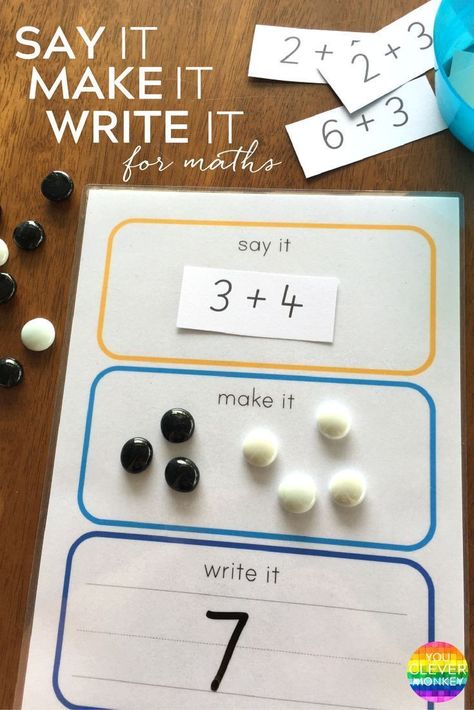 Consider explaining the joke to your future Turing.
Consider explaining the joke to your future Turing.
HINT: It's because it says "BOOBIES" upside down.
Source: alwaysonesmaller on Reddit
Want to know what to teach them?
Mike Fleming / FlickrRead next
LoadingSomething is loading.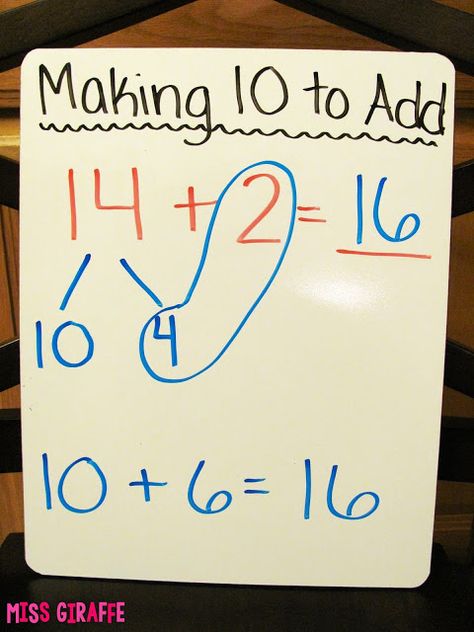
Thanks for signing up!
Access your favorite topics in a personalized feed while you're on the go.
Features Math TeachersHow to bring up mathematical genius | Chalk
Stanford University professor Joe Bowler is the CEO and co-founder of YouCubed. This is a university project designed to provide resources for math education to students, parents, and teachers. In his column on theatlantic.com, Bowler talks about how finger counting can be good for kids, why visual math is easier to understand and more interesting, and gives some finger memory exercises.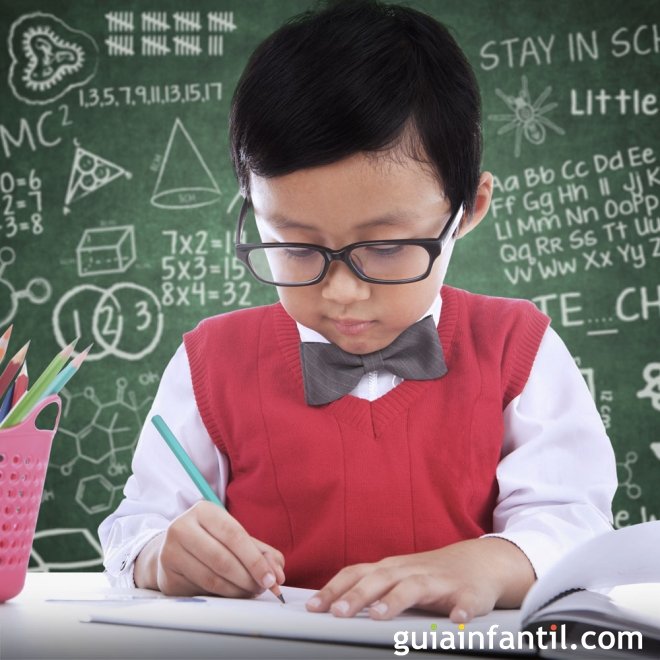
A few weeks ago, the phone rang in my Stanford office. The mother of a five-year-old girl called: her daughter came home from school in tears, because in the lesson she was forbidden to count on her fingers. This is not an isolated case. Quite often, teachers do not allow students to use their fingers when counting - this is somehow “childish”, unprofessional. However, research in the field of neuroscience proves that this is at least stupid.
A study by American scientists Ilaria Berteletti and James R. Booth, published last year, highlighted a direct link between the somatosensory cortex and finger activity. In particular, they found that the process of counting in our brain is always reflected as a finger, even if fingers are not actually used in the calculation.
The somatosensory cortex is an area of the brain that is responsible for the actions of all parts of the body (starting from the lips and ending with the toes).
According to another study, the academic performance of schoolchildren and students also depends on finger counting skills: the more successful elementary school students cope with counting on their fingers, the better they will count in the future.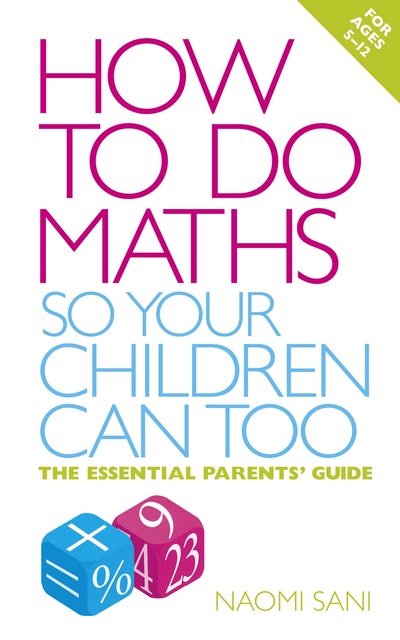
Scientists note that special attention should be paid to finger counting skills in six-year-old children: training in perception at this age guarantees future success in mathematics.
Exercises
The ability to perceive information with the help of fingers and display it in the brain can be trained. To do this, neurologists have developed a set of exercises that improves the quality of perception of information through the fingers. These exercises can be practiced both at school and at home.
1. Color the student's fingers as shown.
Ask the student to press the piano keys so that the color of each finger matches the color of the key:
2. Also mark the student's fingers and ask them to go through the maze:
A complete list of exercises can be found here.
Visualization
These developments are part of a large group of studies on the process of cognition and the reflection of the received information in the human brain.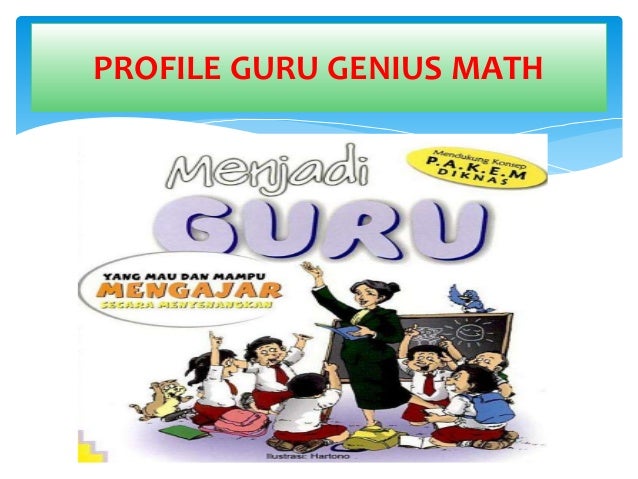 Our brain consists of a complex of networks that begin to interact in the process of processing information. When we are doing mathematical work, this activity affects those brain networks that are responsible for the visualization process and are located in the visual cortex. This means that when studying mathematics, one should always use visual methods.
Our brain consists of a complex of networks that begin to interact in the process of processing information. When we are doing mathematical work, this activity affects those brain networks that are responsible for the visualization process and are located in the visual cortex. This means that when studying mathematics, one should always use visual methods.
With the help of this exercise, you can "stretch" the visual system of the brain.
Visual mathematics works for everyone. In 1983, Howard Gardner proposed the theory of multiple intelligences, which assumes that people process information in different ways - visually, tactilely, or logically. This idea has expanded our knowledge of the intellect and human abilities, but when it came to practice, it began to be misused. So, in schools, students began to classify by types, and then present information in the most convenient way for each type. This is fundamentally wrong: after all, people who are weak in visual thinking need this thinking more than anyone else.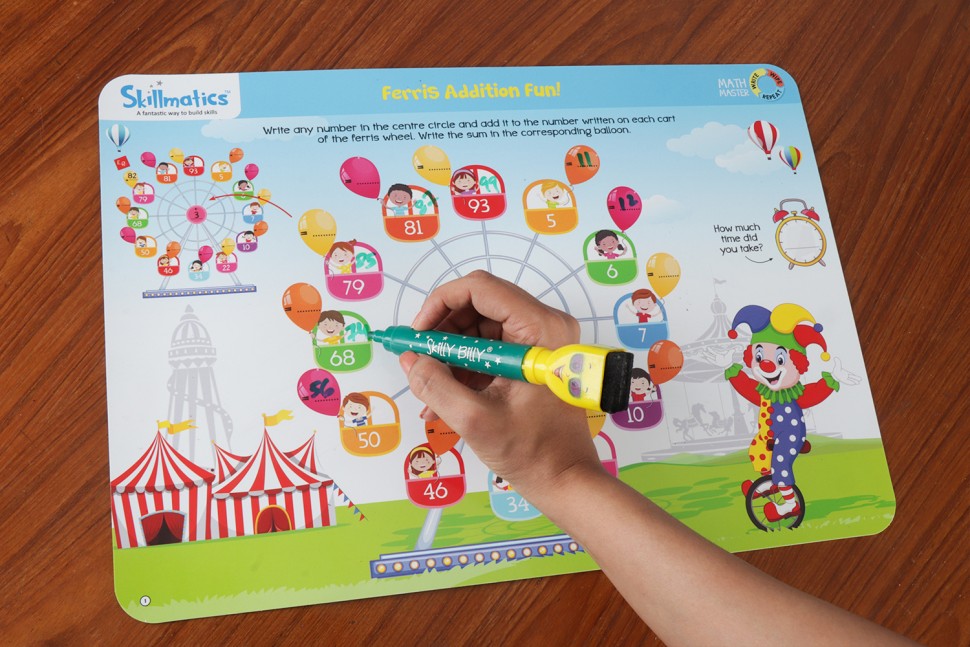
Mathematics was presented for decades as a collection of numbers and symbols, and the potential of visual mathematics was simply ignored.
It is not surprising that students find mathematics incomprehensible and uninteresting, because in the classroom they are immersed in the world of abstraction. They are forced to cram facts, solve endless sheets of numbers, examples, while using a minimum amount of visual aids and creativity. Even if teachers resort to visual methods, it is rather as a prelude to the same abstract ideas.
To engage students in visual thinking, they should be regularly asked how they see mathematical ideas and asked to draw what they see. It is very useful to ask questions and get answers to them using visualization. Last year, a team of Stanford scientists launched a free math visualization course, and the results were stunning: not only was the course downloaded 250,000 times and used by teachers across the country. According to surveys, 89% of respondents, schoolchildren (3-9class), noted that these activities "pumped" their math skills, and 94% said that they learned to "move forward, even if the work is difficult and I make mistakes. " This practice has a very important task: it shows children that mathematics can be beautiful and interesting.
" This practice has a very important task: it shows children that mathematics can be beautiful and interesting.
Translated by Anna Fedorova
How to Raise a Genius: Lessons from a 45-Year Study of Super-Smart Children
InoSMI materials contain only assessments of foreign media and do not reflect the position of the InoSMI editors
On a summer afternoon in 1968, Professor Julian Stanley met a bored 12-year-old named Joseph Bates. The Baltimore student was so ahead of his classmates in math that his parents sent him to computer classes at Johns Hopkins University. Outstripping all the adults in the group, the child began teaching the Fortran programming language for graduate students.
Tom Clynes
On a summer afternoon in 1968, Professor Julian Stanley met an extremely intelligent but bored 12-year-old named Joseph Bates. This schoolboy from Baltimore was so ahead of his classmates in mathematics that his parents sent him to computer courses at Johns Hopkins University, where Stanley taught.![]() But even this was not enough. Ahead of all the adults in the group, the child began teaching the Fortran programming language for graduate students.
But even this was not enough. Ahead of all the adults in the group, the child began teaching the Fortran programming language for graduate students.
Not knowing what to do with Bates, his computer teacher introduced the boy to Stanley, who is well known for his psychometric research work on cognition. To learn more about the talents of the young prodigy, Stanley set up a real examination session for Bates, including standardized university admission tests, which in the United States are usually taken by young people aged 16-18 who want to enter the university.
Bates' results were much higher than the passing score at Johns Hopkins University, and Stanley began to look for a local school where the boy could study higher mathematics and science. He failed to find such a school, and Stanley convinced the dean of the faculty at his university to take the 13-year-old Bates to the university as a student.
Stanley, in his Scientific Study of Gifted Youth (SMPY), lovingly refers to Bates as "Student Zero". This study has fundamentally changed the approach to identifying and supporting gifted children in the American education system. The SMPY program has become the longest-running study of intellectually developed children, and its participants over 45 years have followed the careers and achievements of five thousand people, many of whom became eminent scientists. The ever-increasing body of data from this study has been the basis for more than 400 scientific papers and several books, and has provided a better understanding of how to find and develop talent in the fields of natural sciences, exact sciences, technology, engineering, and so on.
This study has fundamentally changed the approach to identifying and supporting gifted children in the American education system. The SMPY program has become the longest-running study of intellectually developed children, and its participants over 45 years have followed the careers and achievements of five thousand people, many of whom became eminent scientists. The ever-increasing body of data from this study has been the basis for more than 400 scientific papers and several books, and has provided a better understanding of how to find and develop talent in the fields of natural sciences, exact sciences, technology, engineering, and so on.
“Julian wanted to know how to find kids with the strongest potential for high achievement in the sciences and sciences, and how to increase the chances of them realizing that potential,” says Stanley protégé Camilla Benbow, who today He is the Dean of Education and Human Development at Vanderbilt University in Nashville, Tennessee. But Stanley was not just interested in studying talented children; he wanted to develop their intelligence, increasing the chances that these children would change the world in due course. He told his graduate students that his slogan was "No more overcoming technique for the sake of knowledge."
He told his graduate students that his slogan was "No more overcoming technique for the sake of knowledge."
Today, as the original participants in the Gifted Research Program are at the height of their careers, it is clear that these individuals are far superior to the rest of society in terms of their influence. Many pioneers in science, technology, and culture are individuals whose unique cognitive abilities were identified and supported as children through enrichment programs run by, among others, the Johns Hopkins Center for Talented Youth. Him at 19Founded by Stanley in the 1980s when he started doing SMPY research. Initially, both the study and the center were open to boys and girls who, according to the results of the entrance exams, were in the top one percent. This group included prominent mathematicians Terence Tao and Lenhard Ng, Facebook CEO Mark Zuckerberg, Google co-founder Sergey Brin and singer Stephanie Germanotta (Lady Gaga).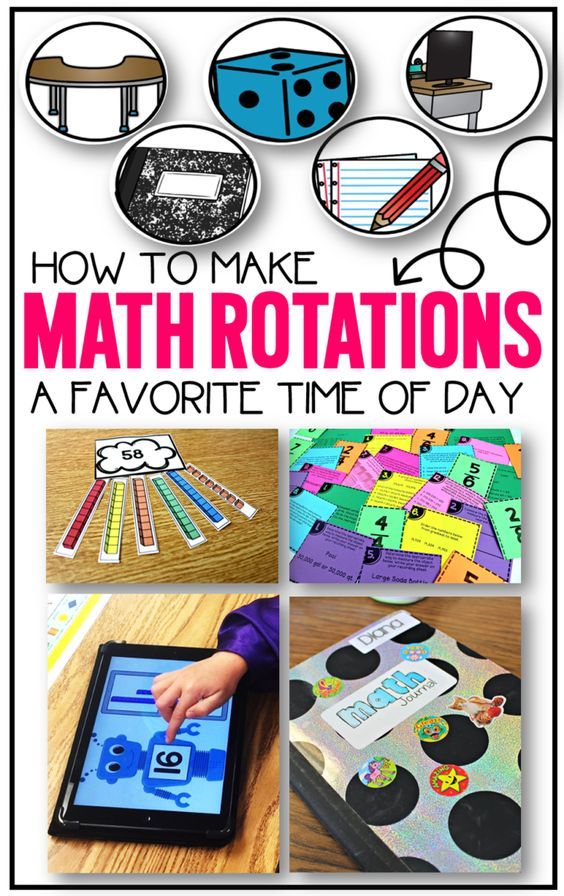 All of them went through the Center for Talented Youth at Johns Hopkins University.
All of them went through the Center for Talented Youth at Johns Hopkins University.
“Whether we like it or not, these people really run our society,” says psychologist Jonathan Wai, who works at Duke University in Durham on the Talent Identification Program and collaborates with Hopkins University. Way collated data from 11 retrospective and prospective longitudinal studies, including those from the SMPY study, to demonstrate a correlation between early cognition and adult achievement. “Young people who make it into the top one percent usually become our distinguished scientists, academics, Fortune 500 CEOs, federal judges, senators and billionaires,” he says.
These results contradict the generally accepted ideas that professional achievement is mainly the result of practice, and that any person who makes a concentrated effort in the right direction can achieve great heights. But the SMPY results suggest that early learning abilities are more important for long-term success than focused practical work or environmental factors such as socioeconomic status. This study highlights the importance of educating and supporting math gifted children, especially today when the focus in the US and elsewhere is on improving the performance of weak students. At the same time, the work to find and support talented students has raised a number of troubling questions about the risks of classifying children and the shortcomings of talent scouting and standardized tests as a way to identify students with great potential, especially in poor and rural areas.
This study highlights the importance of educating and supporting math gifted children, especially today when the focus in the US and elsewhere is on improving the performance of weak students. At the same time, the work to find and support talented students has raised a number of troubling questions about the risks of classifying children and the shortcomings of talent scouting and standardized tests as a way to identify students with great potential, especially in poor and rural areas.
“By focusing too much on predictions about who will go up, we risk letting down many kids who won’t be seen on those tests,” says Toronto psychologist Dona Matthews, who founded Hunter College in New York. Center for Research and Education of Talent. “When children being studied are called ‘gifted’ and ‘non-gifted’, it doesn’t do them any good. In both cases, such a separation can weaken the child's desire for learning and knowledge.
Beginning of the study
On a rainy and warm day in August, Benbow and her husband, psychologist David Lubinski, tell me about the beginning of the SMPY study while walking around the courtyard of Vanderbilt University.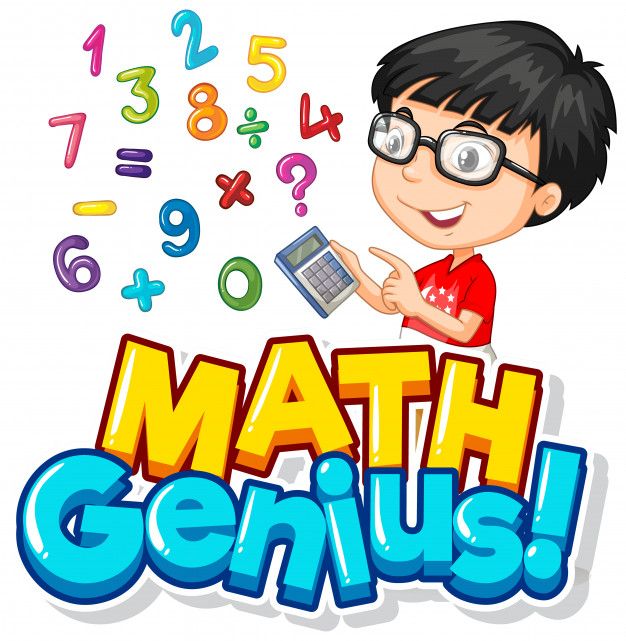 Benbow was a graduate student at Johns Hopkins when she met Stanley in a class he taught in 1976. Benbow and Lubinski led the study after Stanley retired, and in 1998 moved it to Vanderbilt University.
Benbow was a graduate student at Johns Hopkins when she met Stanley in a class he taught in 1976. Benbow and Lubinski led the study after Stanley retired, and in 1998 moved it to Vanderbilt University.
"In a sense, Julian's research has come full circle, because that's where he started his research and teaching career," Benbow says as we approach the university's psychology lab. This is the first building in the United States dedicated to scientific research in this area. It was built in 1915 and houses a small collection of old computing devices that were used in quantitative psychology in the early 1950s, when Stanley began his scientific work in psychometrics and statistics.
His interest in developing scientific talent was reinforced by one of the most famous longitudinal studies in psychology called "The Genetic Study of Genius" by Lewis Terman. Beginning in 1921, Terman selected people for his research based on IQ scores, and then followed their careers with encouragement and encouragement. But to Terman's chagrin, very few reputable scientists emerged from his cohort. Among those he rejected because of an IQ of 129points, which was too low to get into his cohort of wards, turned out to be the inventor of the transistor and Nobel Prize winner William Shockley. Another Nobel laureate, physicist Luis Alvarez, was also rejected.
But to Terman's chagrin, very few reputable scientists emerged from his cohort. Among those he rejected because of an IQ of 129points, which was too low to get into his cohort of wards, turned out to be the inventor of the transistor and Nobel Prize winner William Shockley. Another Nobel laureate, physicist Luis Alvarez, was also rejected.
© AP Photo / Elaine Thompson Students on the George Washington University campus
© AP Photo / Elaine Thompson
Stanley believed that Terman would not have missed Shockley and Alvarez if he had a reliable test method for quantifying logical thinking abilities. So Stanley decided to introduce the Learning Aptitude Test (now simply called the SAT). His test was intended for students, but Stanley suggested that it would be good for measuring the analytical thinking ability of talented students.
In March 1972, Stanley selected 450 bright children aged 12 to 14 from the Baltimore area and gave them the math portion of the SAT.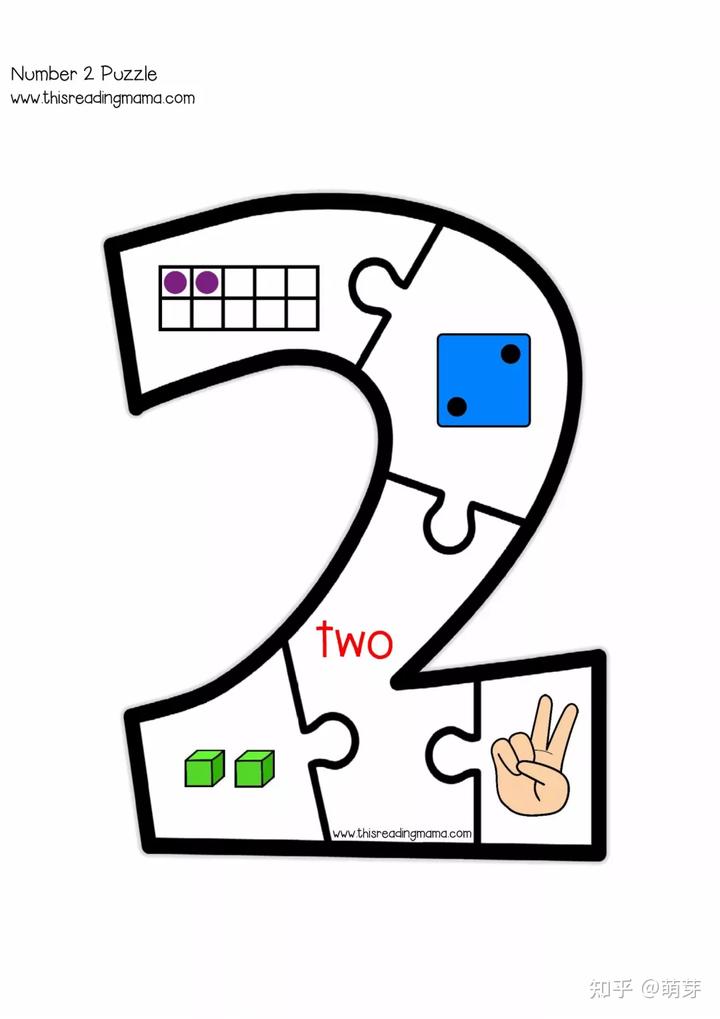 It was the first standardized "talent search" on a scientific basis. (Scholars later included the oral part of the exam and other assessment tests.)
It was the first standardized "talent search" on a scientific basis. (Scholars later included the oral part of the exam and other assessment tests.)
"The first big surprise was that so many teenagers were able to solve math problems that they did not meet during their studies," says psychologist Daniel Keating (Daniel Keating ), who at the time was doing his PhD at Hopkins University. “The second surprise is that many of these children showed knowledge much higher than the passing score in elite universities.”
Stanley did not think that his research would stretch over many decades. But after the first review of the results, five years after the work began, Benbow proposed to extend it and follow the participants throughout their lives, adding new groups and including analysis of the interests of the wards, their preferences, professional achievements and life success in the study. The first four cohorts of subjects are those who entered the top 3-0.01% on SAT test results.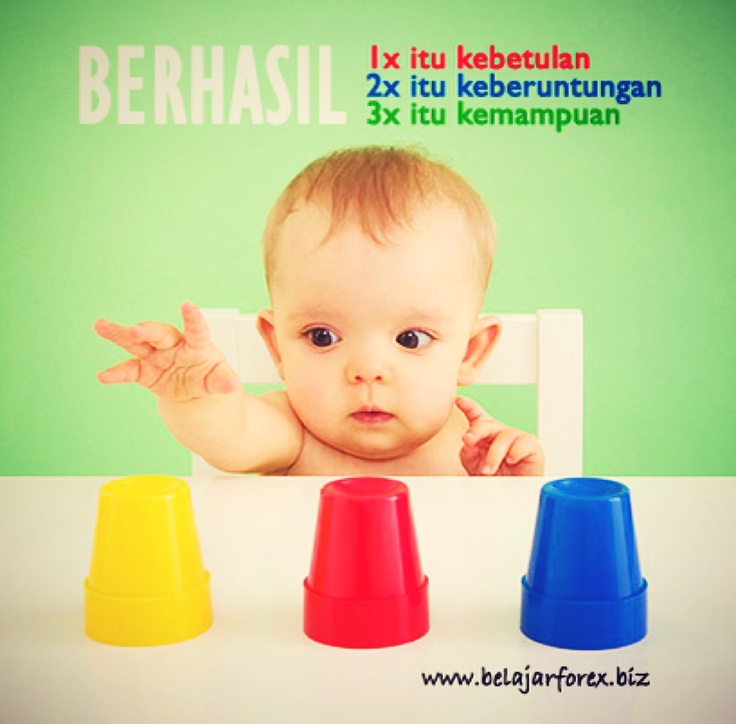 Scientists from the SMPY team at 19In 1992, a fifth cohort of math and science graduate students was added to test the versatility of the talent search model to identify scientific potential.
Scientists from the SMPY team at 19In 1992, a fifth cohort of math and science graduate students was added to test the versatility of the talent search model to identify scientific potential.
“I don’t know of any other study in the world that would give us such a comprehensive understanding of how and why talents in the natural sciences, exact sciences, technology and engineering are manifested and developed,” says Christoph University of Rostock psychologist Perlet (Christoph Perleth), who studies intelligence and the development of talent.
Spatial ability
When the data began to come in, it quickly became clear that the standard approach to all gifted children and to education in general was inadequate.
“The SMPY study gave us the first large sample of data to move from general intelligence to assessments of specific cognitions, interests, and other factors,” says Rena Subotnik, who runs the Center for Gifted Education at the American Psychological Association in Washington.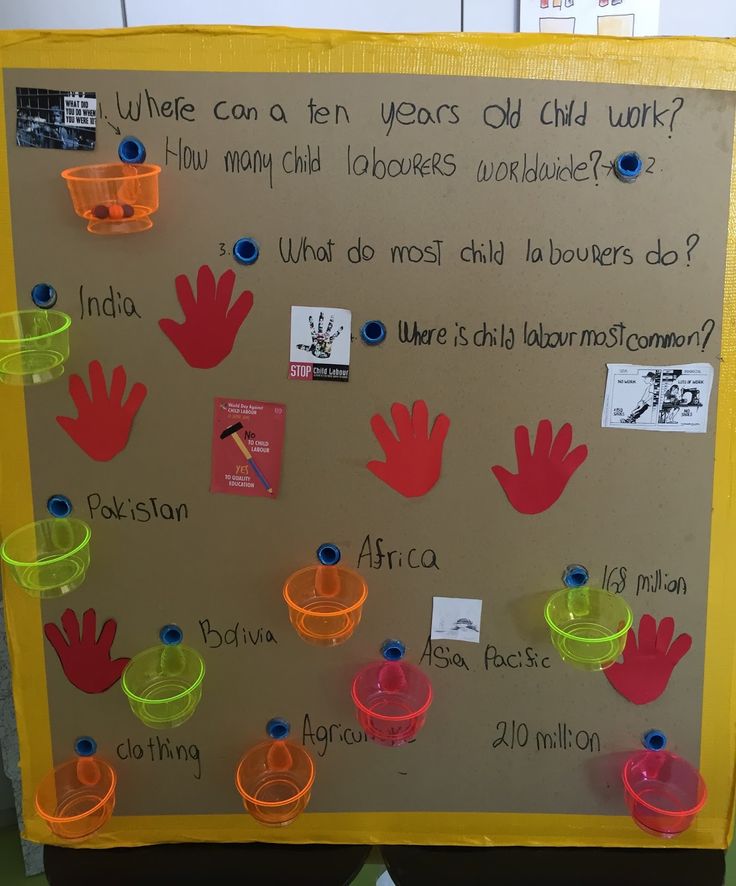
In 1976, Stanley began testing his second group (563 13-year-olds who scored in the top 0.5% on the SAT) on spatial ability. This is the name given to the ability to understand and remember the spatial relationships between objects. Tests of spatial ability could include comparing objects seen from different angles, determining what the cross section would look like when an object was cut in one way or another, or estimating the water level in tilted bottles of various shapes. Stanley wanted to know if spatial abilities could predict a person's future educational and professional level better than the quantitative measurement of logical reasoning can.
Subsequent studies of groups of 18, 23, 33 and 48 years old confirmed his guess. A 2013 analysis found an association between an individual's number of patents and publications, and their previous performance on SAT tests and spatial ability tests. SAT tests accounted for about 11% of the discrepancies, and spatial ability tests accounted for another 7.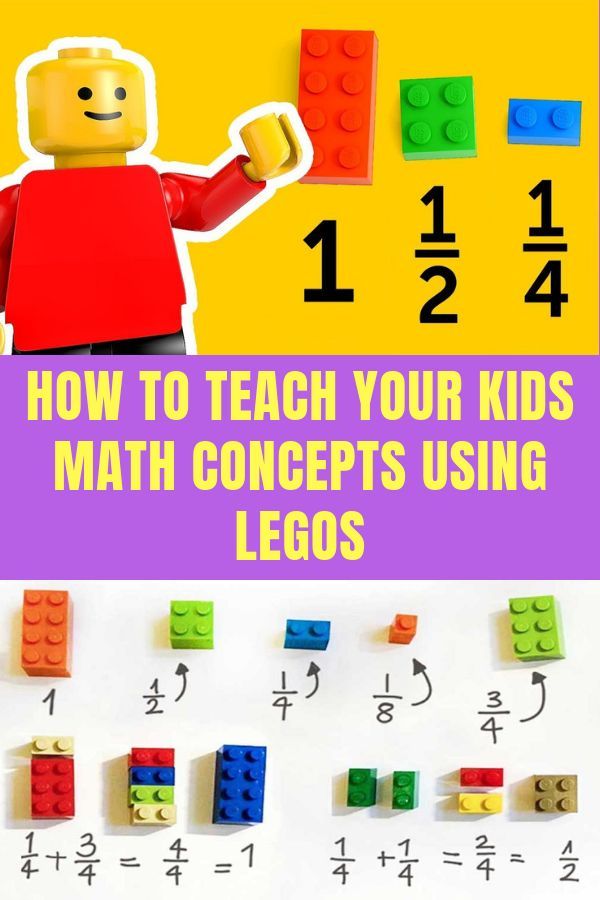 6%.
6%.
These findings, consistent with recent research, indicate that spatial ability plays a large role in creativity and technical innovation. “I do not rule out that this may be the largest known but untapped source of human potential,” says Lubinski, adding that of students who do not demonstrate special success in mathematics or some exceptional speech abilities, but have excellent spatial abilities, outstanding engineers, architects and surgeons are obtained. “Nevertheless, the chairmen of admissions committees known to me do not look at this, and in school characteristics they do not pay much attention to this,” he concludes.
While studies such as SMPY provide educators with the opportunity to identify and support talented children, interest in this group varies widely around the world. In the Middle East and East Asia, over the past decade, significant attention has been paid to students with outstanding success in the field of science and exact sciences. South Korea, Hong Kong and Singapore test children for giftedness, and those who show the highest scores are included in innovative programs.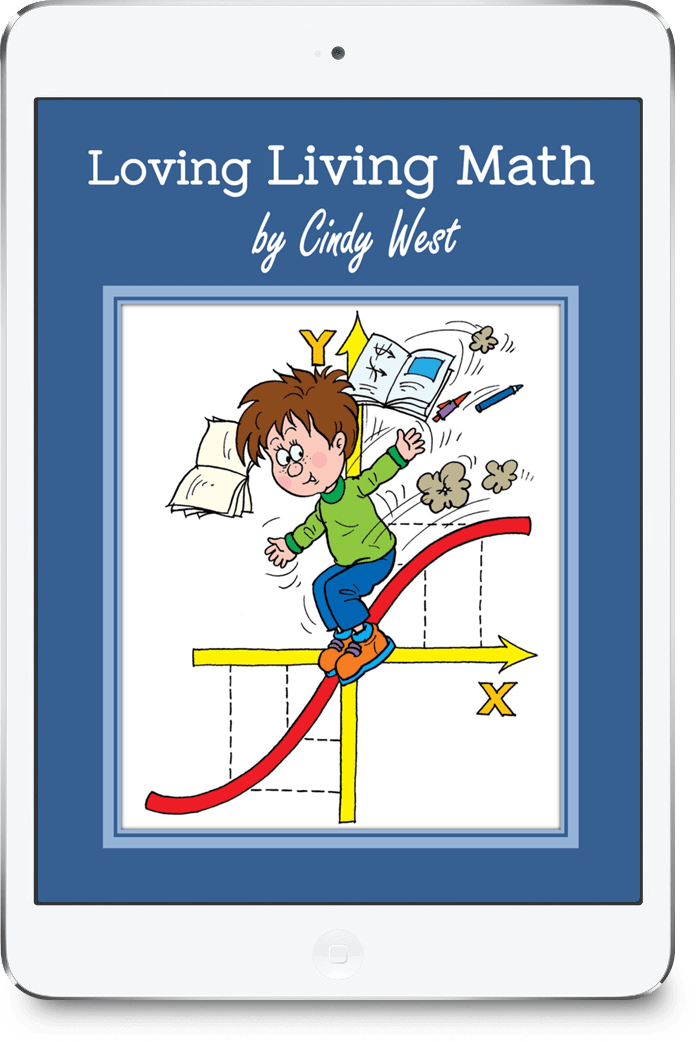 In 2010, China launched a 10-year National Talent Development Plan to support the best students and send them to science, technology and other high-demand industries.
In 2010, China launched a 10-year National Talent Development Plan to support the best students and send them to science, technology and other high-demand industries.
In Europe, support for research and educational programs for gifted children has waned and the focus has shifted to universal inclusion. England decided in 2010 to abolish the National Academy for Gifted and Talented Young People, redirecting funds to admit more poor students to leading universities.
When Stanley began his work, gifted children in the United States had little choice, and he began to look for an environment where early talent could flourish. “It was clear to Julian that it was not enough to simply identify abilities; they need to be developed appropriately so that the flame of talent burns evenly and does not go out,” says Linda Brody, who studied with Stanley and now runs a program for counseling especially gifted children at Johns Hopkins University.
© RIA Novosti Yuri Abramochkin / Go to photo bankChildren on the square near the Capitol building
© RIA Novosti Yuri Abramochkin
Go to photo bank
At first, the work was carried out from case to case.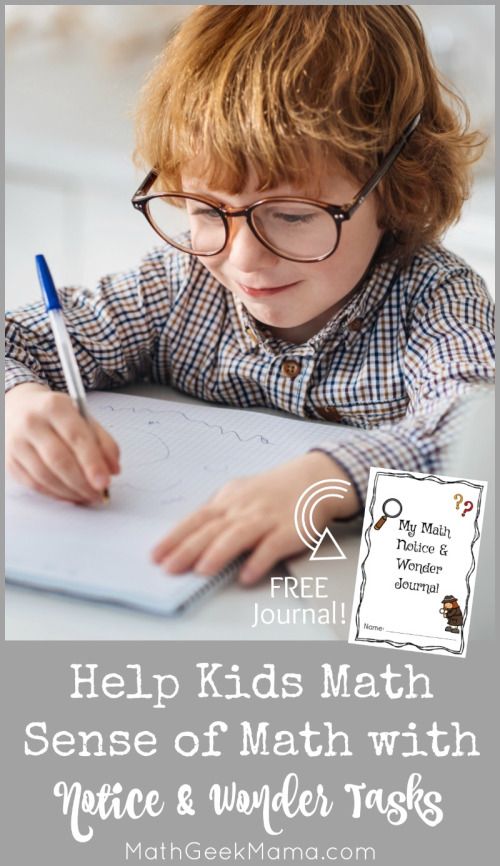 Parents of other gifted children began turning to Stanley when they heard about his work with Bates, who was an excellent student when he entered the university. By the age of 17, he had received his bachelor's and master's degrees in cybernetics and was preparing for his PhD at Cornell University in Ithaca, New York. Later, as a professor at Carnegie Mellon University of Pittsburgh, he became an innovator in the field of artificial intelligence research.
Parents of other gifted children began turning to Stanley when they heard about his work with Bates, who was an excellent student when he entered the university. By the age of 17, he had received his bachelor's and master's degrees in cybernetics and was preparing for his PhD at Cornell University in Ithaca, New York. Later, as a professor at Carnegie Mellon University of Pittsburgh, he became an innovator in the field of artificial intelligence research.
“I was shy and the social pressures in high school didn't work for me,” says Bates, now 60. — But at the university, together with other students, I found my place out of this world, although I was much younger. I developed socially and intellectually at my own pace, because the accelerated pace kept my interest in the content.”
SMPY data supported the idea that fast learners learn faster by jumping from one class to another. A group of children who moved quickly from class to class were compared with a control group of equally smart children who remained in their classes. As a result, the first group had 60% more doctoral degrees and patents, and they were more than twice as likely to defend Ph.D. dissertations in the natural and exact sciences. Acceleration is common in the 0.01% study cohort. Due to the intellectual diversity and rapid pace of acquiring knowledge, such children are very difficult to teach them. But it costs next to nothing to move these kids from grade to grade faster, and in some cases, schools save money on them, says Lubinsky. “These kids often don’t want anything new and innovative,” he notes. “They just need to get early access to what older kids are learning.”
As a result, the first group had 60% more doctoral degrees and patents, and they were more than twice as likely to defend Ph.D. dissertations in the natural and exact sciences. Acceleration is common in the 0.01% study cohort. Due to the intellectual diversity and rapid pace of acquiring knowledge, such children are very difficult to teach them. But it costs next to nothing to move these kids from grade to grade faster, and in some cases, schools save money on them, says Lubinsky. “These kids often don’t want anything new and innovative,” he notes. “They just need to get early access to what older kids are learning.”
Many educators and parents still believe that speeding is bad for children, that it harms them socially, deprives them of their childhood, or creates knowledge gaps. But educational researchers generally agree that acceleration benefits the vast majority of gifted children socially, emotionally, scientifically, and professionally.
Moving from class to class faster is not the only option. The SMPY researchers say that even the most modest intervention, such as providing access to complex material, such as undergraduate-level graduate programs, has a noticeable impact. Those gifted students who were given the opportunity to study in sophisticated pre-university programs and gain deeper knowledge in the field of natural and exact sciences, then published more scientific works, received more patents and achieved more significant success in their careers compared to the same smart peers, who did not have these opportunities.
The SMPY researchers say that even the most modest intervention, such as providing access to complex material, such as undergraduate-level graduate programs, has a noticeable impact. Those gifted students who were given the opportunity to study in sophisticated pre-university programs and gain deeper knowledge in the field of natural and exact sciences, then published more scientific works, received more patents and achieved more significant success in their careers compared to the same smart peers, who did not have these opportunities.
Despite the many discoveries made by the SMPY study, scientists still do not have a complete picture of giftedness and achievement. “We don’t know why, even at high levels, some people perform great and others don’t,” says psychologist Douglas Detterman, who studies cognitive abilities at Case Western Reserve University in Cleveland, Ohio. - Mental abilities cannot explain all the differences between people. Factors such as motivation, personality traits, perseverance in work, and so on are also important here.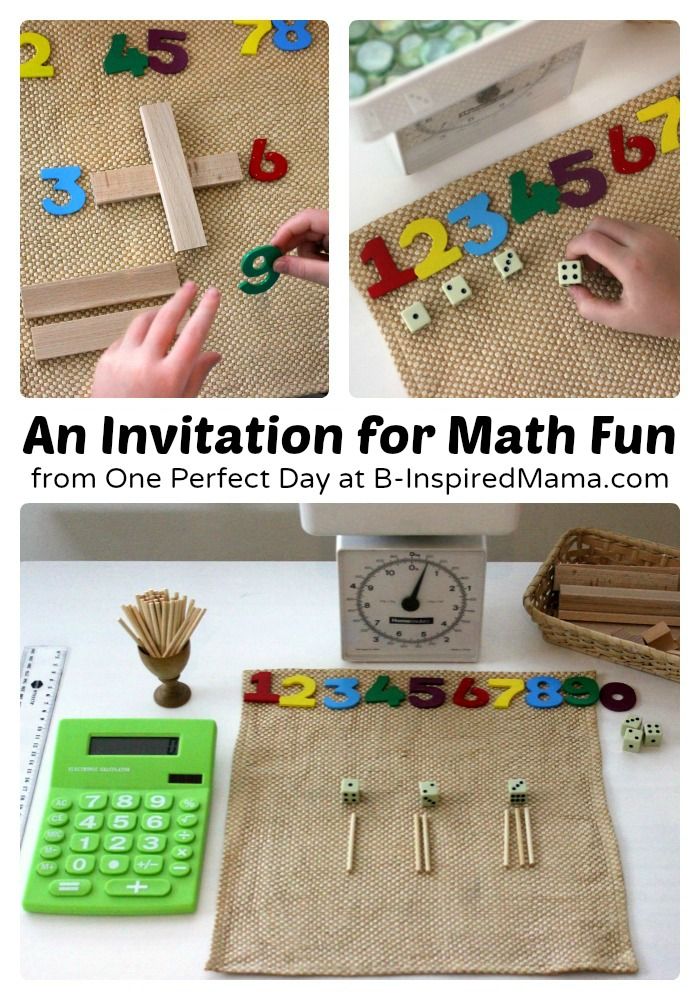 ”
”
Certain insights and ideas were given by German studies, which are carried out according to the same methodology as SMPY. A longitudinal study of giftedness, begun in the mid-1980s in Munich in a group of 26,000 gifted students, found that cognitive factors are the most predictive, but some personality traits, such as motivation, curiosity, and coping capacity, also have a limited effect on achievement. . Environmental factors, say, family, school, and peers, also have a certain effect.
Evidence from such studies of intelligence and talent also contributes to a deeper understanding of how people develop their knowledge in various subjects. Several researchers and authors, most notably the psychologist Anders Ericsson of Florida State University at Tallahassee and the writer Malcolm Gladwell, have popularized the idea of an ability threshold. According to this idea, for people with a certain mental ability barrier (often called the number 120), the time of concentrated practical work on acquiring knowledge is much more important than additional intellectual abilities. However, data from the SMPY study and the Duke University program refute this hypothesis. This year, the results of a study were published comparing the success of students who in childhood were in the top 1% and in the top 0.01% in terms of their mental abilities. If in group number one, degrees occur 25 times more often than in the average population, then in the second group this happens 50 times more often.
However, data from the SMPY study and the Duke University program refute this hypothesis. This year, the results of a study were published comparing the success of students who in childhood were in the top 1% and in the top 0.01% in terms of their mental abilities. If in group number one, degrees occur 25 times more often than in the average population, then in the second group this happens 50 times more often.
But sometimes such work is controversial. Some North American and European child development experts have complained that talent development research is often driven by the desire to predict who will rise to the top, and educators have expressed serious concern about the concept of identifying and classifying students as gifted. and mediocre.
“High test scores only indicate that the person is highly capable and well-suited for that particular test at that particular point in time,” Matthews says. “A low score on a test tells us almost nothing.” The thing is that many factors can reduce the performance of students, including cultural baggage and how comfortable they are in taking tests, on which a lot depends.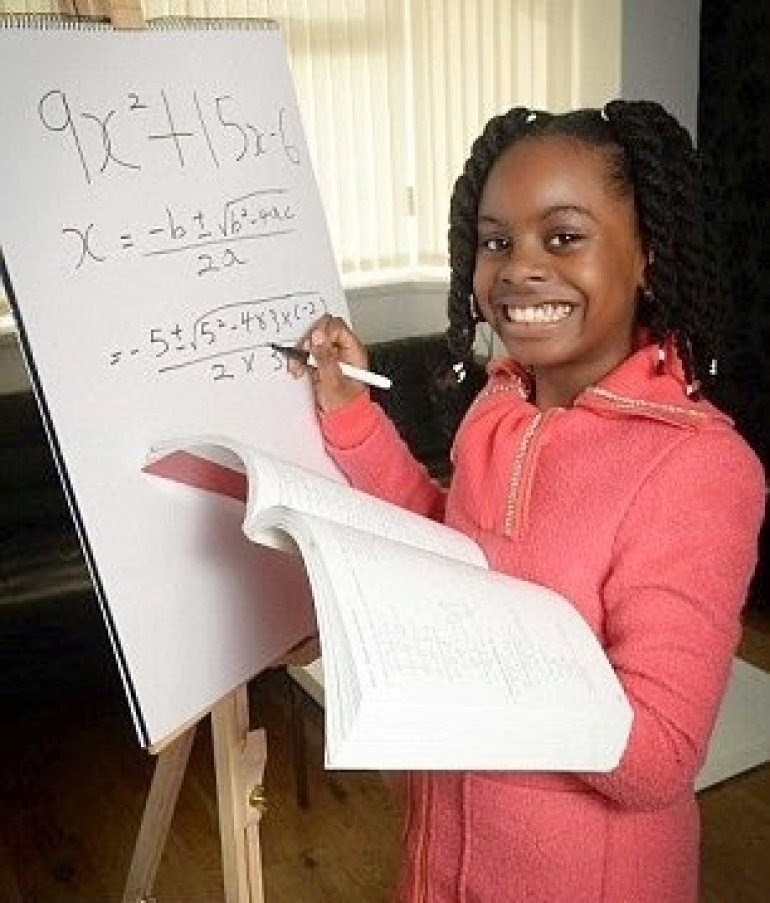 Matthews says that when test-takers take giftedness tests at a young age, they feel they are being judged for future success, which can harm their motivation to learn and help shape what Stanford psychologist Carol Dweck calls "fixed mindset". Much better, she says, is to develop an "evolving mindset" where children believe that intelligence and talent are just a starting point, and that abilities can be developed through hard work and constant intellectual search.
Matthews says that when test-takers take giftedness tests at a young age, they feel they are being judged for future success, which can harm their motivation to learn and help shape what Stanford psychologist Carol Dweck calls "fixed mindset". Much better, she says, is to develop an "evolving mindset" where children believe that intelligence and talent are just a starting point, and that abilities can be developed through hard work and constant intellectual search.
“Students focus on self-improvement without worrying about their mental level or striving for approval grades,” notes Dweck. “They study hard, gain knowledge and become smarter.” Research conducted by Dweck and her colleagues shows that students who study with this mindset are more motivated in school, get better grades, and perform better on exams.
Benbow agrees that student choices should not be limited to standardized tests, but that learning and learning strategies should be developed that are more suited to children's abilities, enabling students at every level to reach their full potential.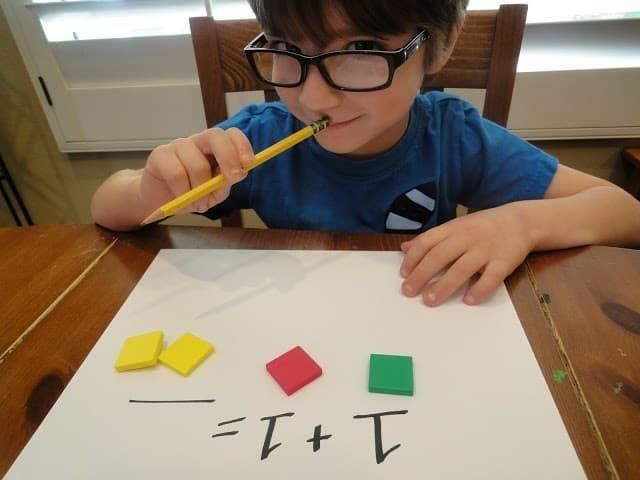
Next year, Benbow and Lubinski plan to begin a survey of the most gifted cohort (0.01%) in middle age, focusing on career achievement and life satisfaction, and to resurvey a 1992 sample of top American university graduates. Future research could further shatter the persistent but misguided notion that gifted children are smart enough to succeed on their own without much outside help.
"The education system is still going strong," says psychologist David Geary, who studies cognitive development in mathematics at the University of Missouri in Columbia. “There is a general belief that children who have cognitive or other advantages do not need additional support, and that the focus should be on children with poor academic performance.”
Specialists in the education of gifted children have been talking about expanding opportunities for talent development in the US, but so far only those students who are at the very top in terms of ability and socioeconomic status are taking advantage of such opportunities.
“We know how to identify these kids, and we know how to help them,” says Lubinski. “However, we are overlooking many very smart children across the country.”
When Lubinski and Benbow finish their walk around the university courtyard, the clock strikes noon, and crowds of joyful students rush from the classrooms to the dining room. Many of them are participants in Vanderbilt's Talented Youth Programs and Summer Enrichment Courses, in which gifted students absorb a year's worth of material in math, literature, or science in three weeks. Others spend time at university sports camps.
“They develop all sorts of talents,” says Lubinski, who wrestled in high school and university. “But our society encourages athletic rather than intellectual talent.”
However, these gifted students, "matlets" as they are called in the university, can change the future. “If you look at the problems that society is facing today—health care, climate change, terrorism, energy—these kids have the most opportunity to solve them,” says Lubinski.

